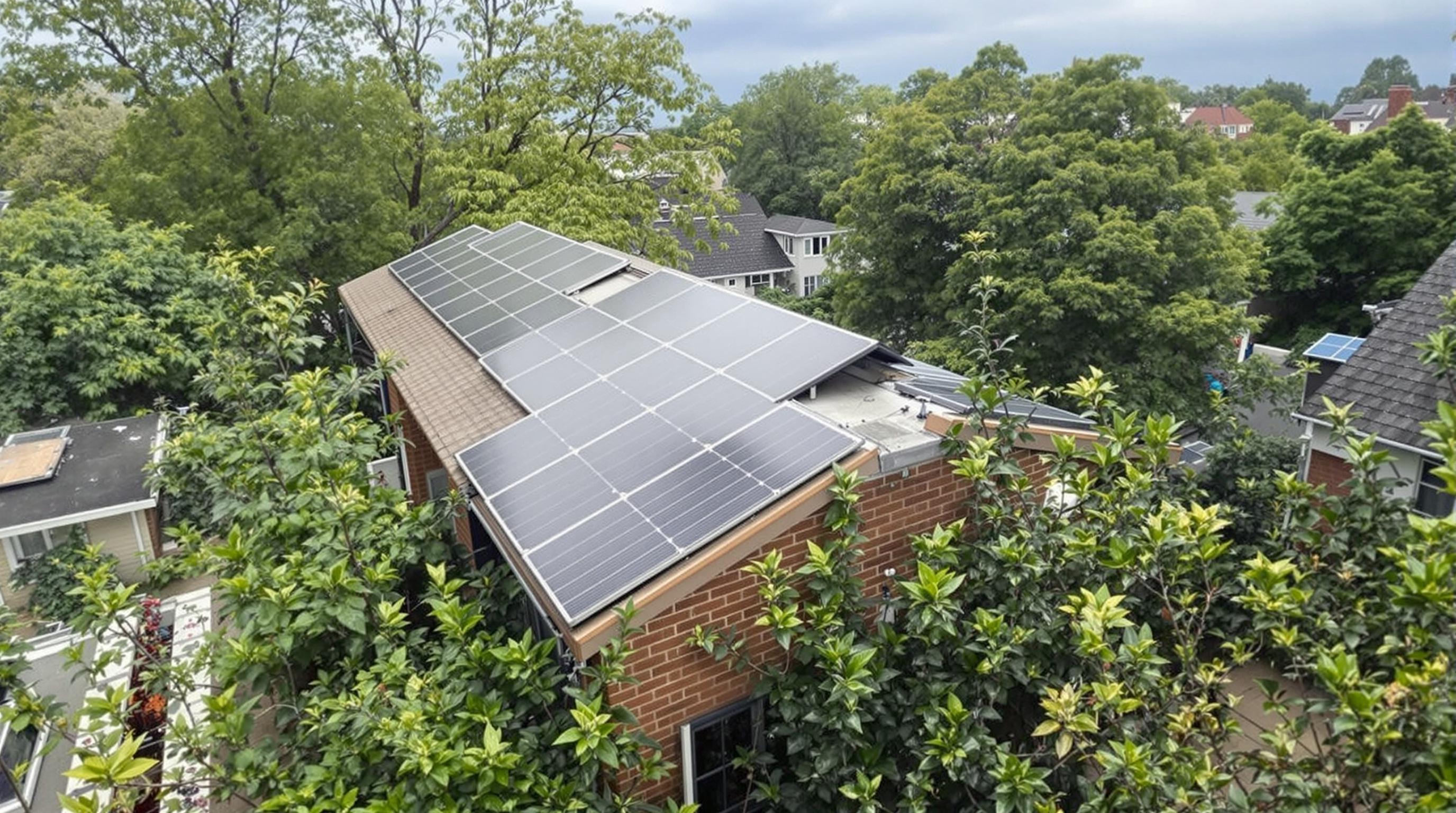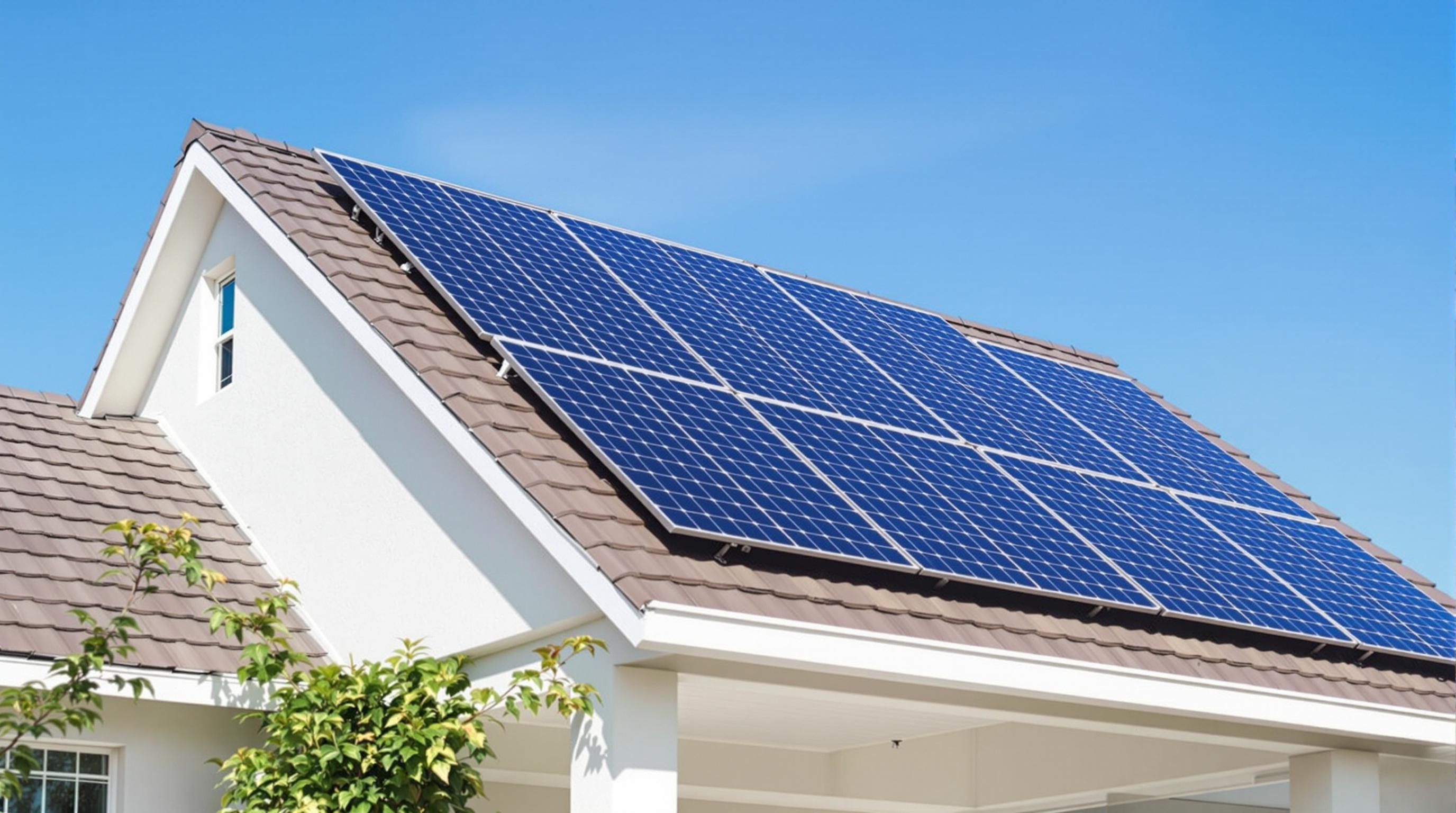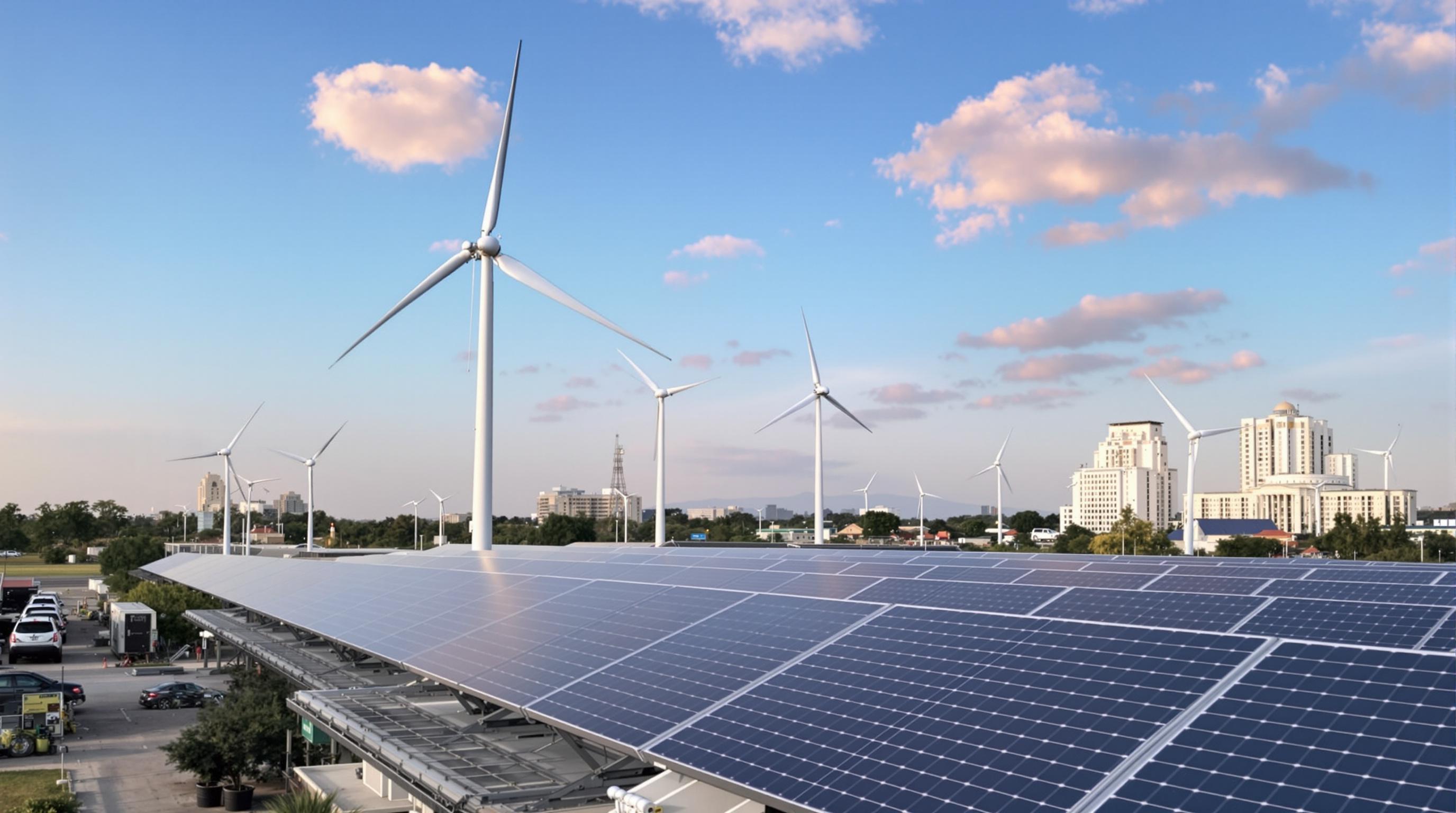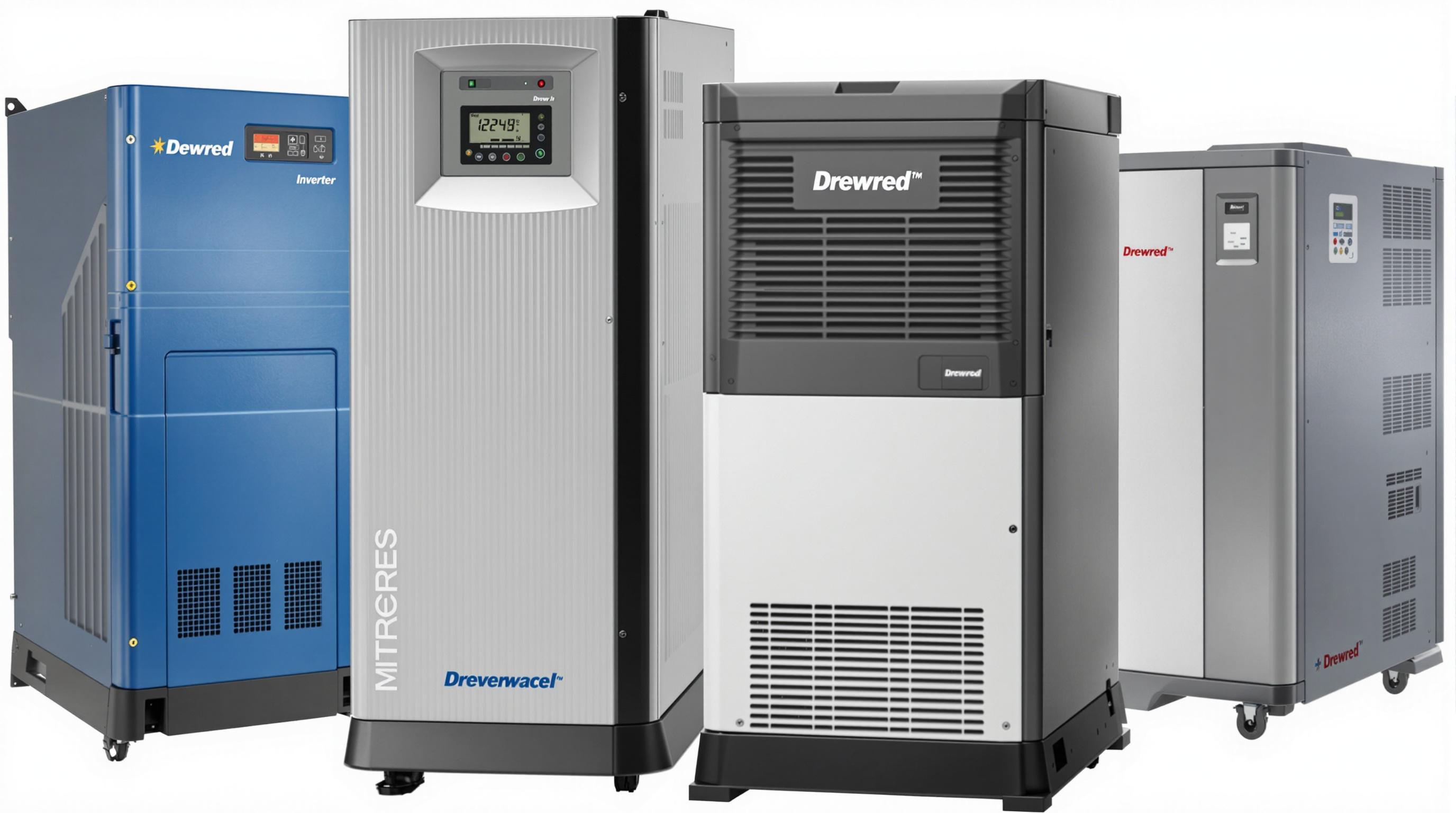Related Articles
- 6 Revolutionary Solar Panel Cleaning Robots Since 2019 Rated for Efficiency and Contractor Appeal
- How Unexpected Weather Patterns Are Shaping Homeowner Choices in Solar Installation Partnerships
- How Solar Inverter Noise Pollution Affects Urban Wildlife and What Manufacturers Are Overlooking
- How Solar Inverters Influence Home Resale Value and What Buyers Rarely Consider Before Purchase
- How Microclimates Secretly Shape Solar Energy Output in Unexpected Urban and Rural Landscapes
- The Quiet Role of Microclimates in Shaping Solar Harvesting Outcomes Beyond Conventional Efficiency Measures
How Solar Inverter Noise Pollution Affects Urban Wildlife and What Manufacturers Are Overlooking
How Solar Inverter Noise Pollution Affects Urban Wildlife and What Manufacturers Are Overlooking
Solar inverters, while championed as green solutions, produce noise that disrupts urban wildlife, an issue frequently ignored by manufacturers. This article delves into the overlooked consequences of inverter noise pollution on city animals and proposes actionable insights for designing wildlife-friendly technology.
The Silent Disruptor: Noise Pollution from Solar Inverters
As an urban ecologist aged 52, I've spent decades observing how human innovations ripple through ecosystems—often in unexpected ways. The hum of solar inverters, a byproduct of clean energy adoption, emerges as a consistent soundscape intrusion, particularly in densely populated areas. This continuous low-frequency noise, sometimes reaching 40-50 decibels, might seem negligible to humans but can significantly unsettle urban fauna.
Why Inverter Noise Matters to Urban Wildlife
Imagine being a small bird reliant on subtle environmental cues for navigation, communication, or detecting predators. A study published in Urban Ecology Journal (2021) highlighted that consistent mechanical noises interfere with birds' avian song patterns and stress hormone levels, in some cases reducing their reproductive success by up to 25%. Similarly, insects—which form the backbone of urban food webs—suffer disorientation and reduced mating calls.
A Case Study from Berlin
In a 2019 survey conducted across several Berlin neighborhoods, areas adjacent to solar installations reported noticeable declines in populations of the European Robin and the Common Lizard. Correlating these declines with inverter noise, researchers called for more comprehensive impact assessments before installation approvals (Müller et al., 2020).
Manufacturers’ Oversights: What’s Being Missed?
Despite technical guidelines emphasizing inverter efficiency and reliability, noise control remains secondary. From my conversations with industry insiders at age 34—working in sustainable tech development—it's clear that noise pollution is seen as a "human nuisance" problem rather than an ecological threat.
One glaring oversight stems from the lack of wildlife-inclusive testing protocols. Current standards prioritize human hearing thresholds, often neglecting that animals perceive sound at different frequencies and intensities. For instance, bats use ultrasonic frequencies beyond human detection ranges but can be affected by overlapping mechanical sounds. This oversight risks the inadvertent creation of "acoustic barriers" that disrupt movement corridors essential for species survival in urban mosaics.
Conversational Perspective: Why Should We Care?
Hey, I get it—you're probably thinking, "Solar power is good, right? Why worry about a little humming noise?" But consider this: urban wildlife doesn’t just survive; it thrives with soundscapes that are balanced. When solar inverters shake up this balance, they contribute to gradual biodiversity loss that’s invisible to many but impactful.
Plus, less wildlife in the city means losing natural pest controllers like bats and birds, affecting human comfort and health indirectly. It’s a domino effect, and yes, inverter noise is one of those subtle pushes knocking over the pieces.
The Economic Angle: An Incentive for Change
Interestingly, several cities now incentivize not just clean energy but also the ecological integration of such infrastructure. For example, Toronto's Green Roof Bylaw indirectly promotes low-noise solar installations by encouraging multi-functional green spaces supporting wildlife habitats. If manufacturers start ignoring noise issues, they risk losing access to such markets.
Humorous Take: The Noisy Neighbor Nobody Likes
Picture this: you’re a squirrel trying to enjoy your afternoon nut stash, and suddenly, your "solar-powered neighbor" starts its perpetual mechanical monologue—buzz, whirr, hiss! It's like living next to an overenthusiastic DJ who never stops spinning records. Even critters have their limits.
And just like you might wear earplugs, animals don't have that option. So when these inverters crank their tunes non-stop, it’s an unwelcome urban symphony nobody asked for.
The Push for Noise-Reducing Innovations
Progress shouldn’t just mean quieter machines but smarter design incorporating wildlife needs. Some pioneering companies are experimenting with acoustic dampening materials and inverter enclosures that filter frequencies problematic for animals. Integrating natural sound absorbers like vegetative buffers can also mitigate noise propagation.
Research in the Netherlands showed that inverter noise reduced by just 10 decibels (dB) led to a 15% improvement in nearby insect activity, reinforcing that even modest changes yield significant ecological benefits (Van der Meer et al., 2022).
Storytelling Moment: The Tale of a City and Its Birds
Once, a mid-sized city in California installed rooftop solar panels en masse to meet ambitious climate goals. Residents loved the green energy and lower power bills but soon noticed a decline in morning bird songs. A passionate local ornithologist, aged 29, began investigating. After extensive fieldwork, she linked the drop to inverter noise disturbing avian communication.
Her advocacy led to collaboration with manufacturers and the city council, establishing noise emission guidelines and soundproofing subsidies. Within two years, bird populations rebounded, and sonar recordings confirmed reduced ambient noise levels. A win for nature and humans!
What Can Manufacturers and Policymakers Do?
To mitigate solar inverter noise impacts on urban wildlife, multiple strategies are advisable:
- Incorporate wildlife acoustics in design standards: Testing devices for frequencies that affect local species.
- Implement noise barriers and vegetation buffers: Using natural elements to absorb and scatter sound waves.
- Develop quieter inverter technology: Leveraging materials science for better insulation.
- Conduct pre-installation environmental noise impact assessments: Recognizing noise pollution as a key factor.
- Engage urban ecologists in project planning: Tailoring installations to specific habitat sensitivities.
Manufacturer transparency and incorporating these practices not only protect biodiversity but enhance community acceptance—an important success factor for renewable energy proliferation.
Final Thoughts
At age 41, writing for an environmentally conscious audience from teenagers to seniors, I find that embracing technology’s promise must involve mindfulness toward all urban residents, human or otherwise. Solar energy is part of a sustainable future, but it must harmonize with nature’s subtle symphonies rather than drown them out.
Only by acknowledging and addressing the noise pollution of solar inverters can cities truly lead the charge in creating greener, healthier, and more vibrant urban ecosystems for generations to come.




